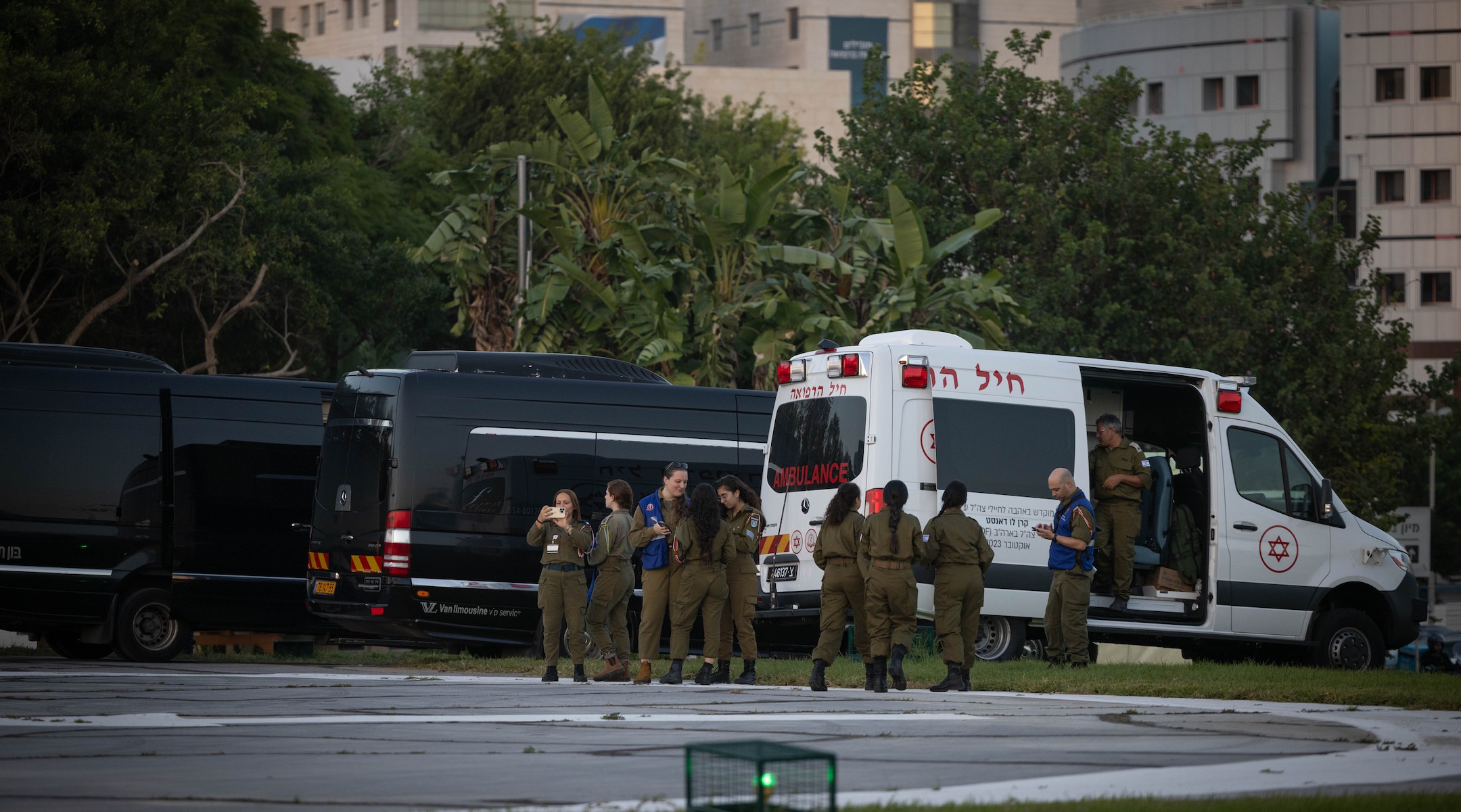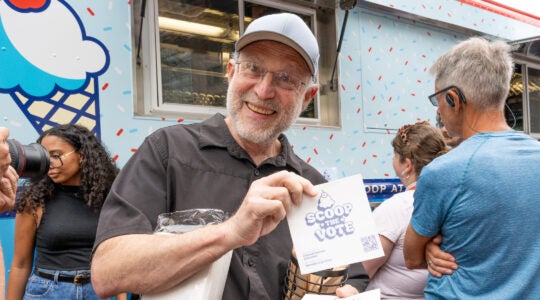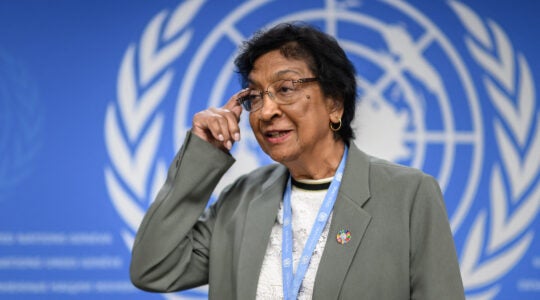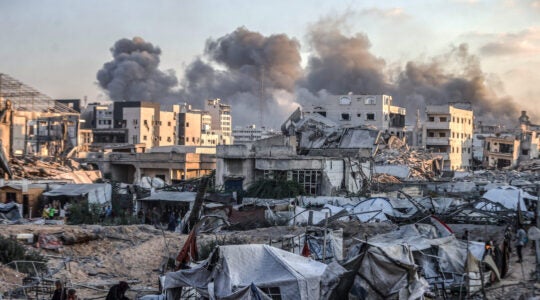TEL AVIV (JTA) — Israeli health, military and government officials have been preparing for what a release of hostages from Gaza would look like since Oct. 7. But on Friday, as the first round of hostages were released at the start of a ceasefire brokered with Hamas, some admitted just how difficult that preparation has been.
“We had to write these guidelines without any theoretical or practical knowledge in the world of a situation where children are being held captive by a terrorist organization,” said Sarit Sarfatti, a government official who works with child protection social workers at a briefing for journalists.
Many of the hostages have experienced severe trauma, including witnessing the murder of family members. They were shuttled Friday evening Israel time from Gaza into Egypt, and from there were expected to be moved to several designated hospitals throughout Israel.
There, they will be received by teams that include pediatricians, gynecologists, forensic medicine experts and legal medicine specialists, focusing on the specific needs of women and children. No adult men were expected to be released on Friday.
In parallel, the Israel’s welfare ministry has selected 60 social workers with expertise in child trauma and at least one social worker will also be designated to each family.
Sarfatti described a three-phase care plan for the hostages. Initially, the focus is on their return to Israel. The second phase involves acute care, at least a month-long, tailored to each individual’s specific medical and psychological needs. The final stage, which could extend over a year or “much, much longer,” she said, focuses on long-term care, factoring in personal circumstances, such as the murder of family members.
“We do have a lot of therapeutic models that deal with trauma intervention,” she said. “We have a lot of faith and hope for their healing.”
Dr. Hagai Levine, who is also involved in the process, said the situation will differ from hostage to hostage. “For one it’s a hug from his mother, for another it might be urgent heart repair.”
The Israel Defense Forces showed reporters a range of items that will be distributed to the returned hostages, from neon-colored slinkies to noise-canceling headphones. Levine explained that simple items like a pair of shoes or glasses could make a significant difference in improving the condition of the hostages.
“They were dehumanized, treated as mere objects by Hamas,” he said, noting that many of them were barefoot when they were abducted.
Levine also said he had met with hostages who had previously been released, including Yocheved Lifshitz. She “complained about the light,” he said, adding that it could “take a long time to get used to again,” and comparing the experience to being a newborn.
Overall, Lifshitz has demonstrated “an impressive resilience and ability to recover,” he said, but was quick to add that he “would not make a medical judgment” about her current welfare, especially given that her husband is still being held in Gaza.
Forensic examinations to determine if the hostages — especially the younger ones, who may not be able to communicate their experiences — went through torture, sexual violence or other forms of abuse may yield inconclusive results, Levine said, as too much time has elapsed since the events would have occurred. “We may never know,” he admitted.
According to Sarfatti, after a month of close care in the hostage facilities at the hospitals, medical professionals will evaluate whether they can be released back into the community. The social workers assigned to their case will continue guiding the rehabilitation process, which will include therapeutic, medical and educational needs.
“Some of them don’t know that their community has been almost entirely annihilated, and we will have to break the news to them very soon,” she said. “This is something that cannot be delayed.”
JTA has documented Jewish history in real-time for over a century. Keep our journalism strong by joining us in supporting independent, award-winning reporting.






